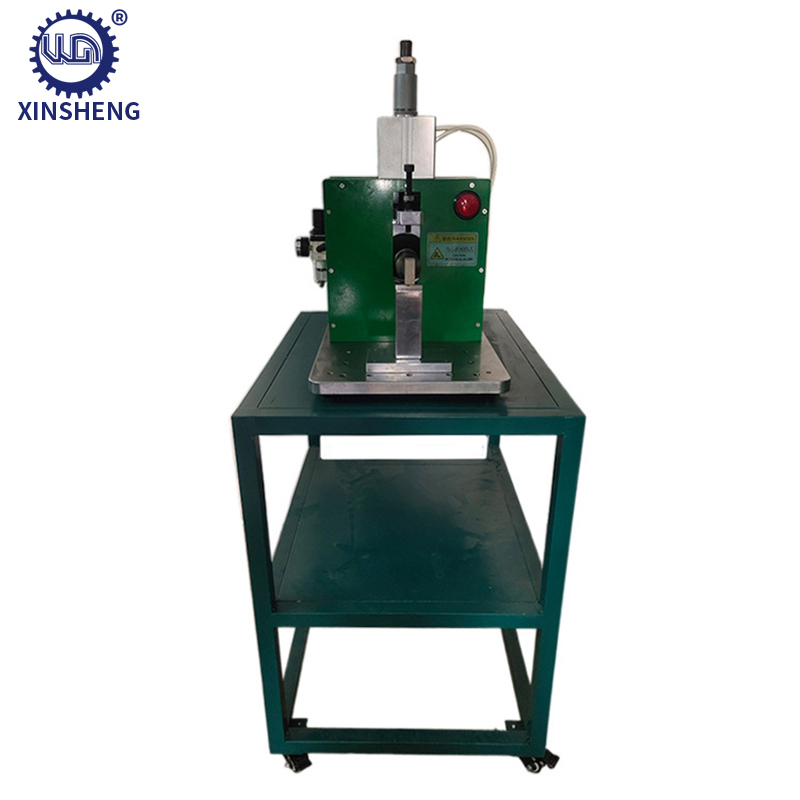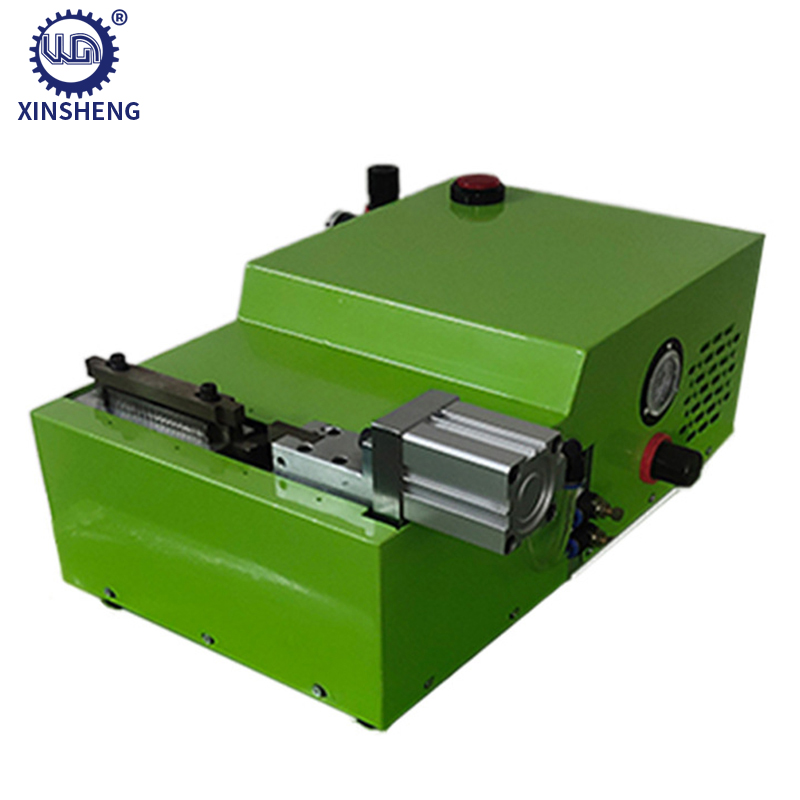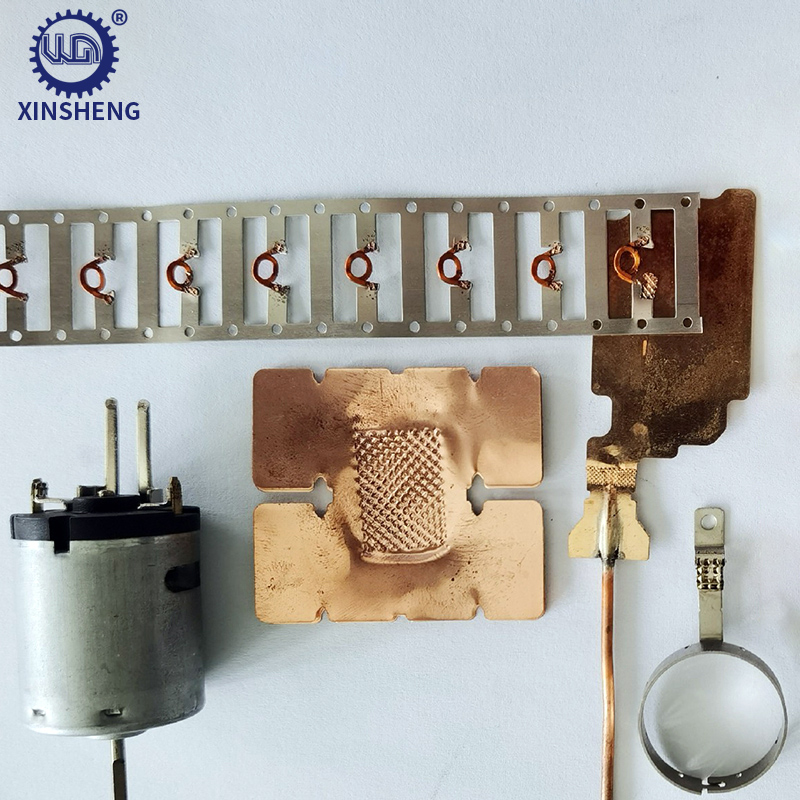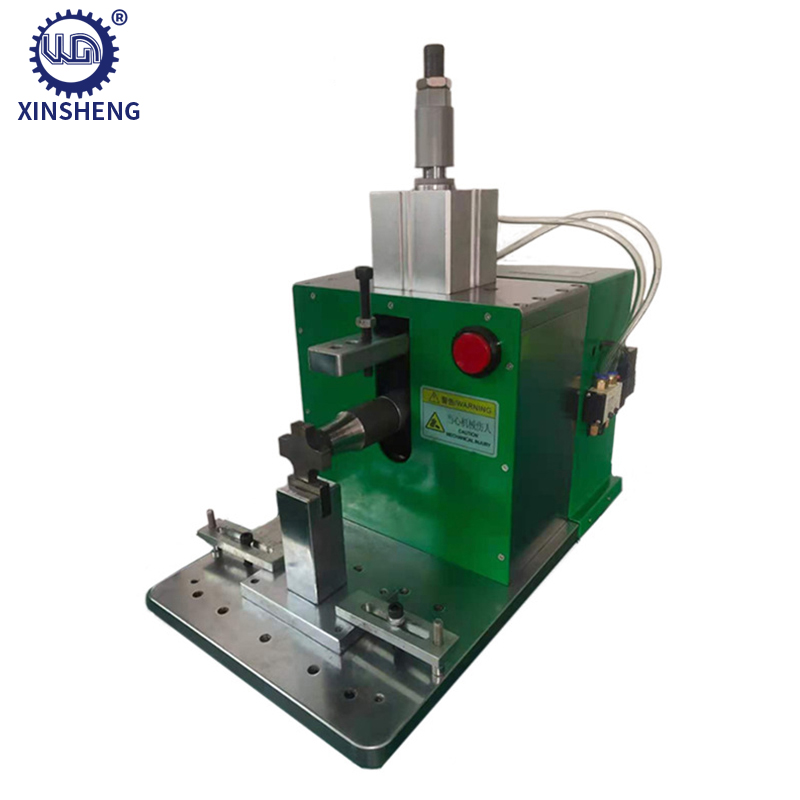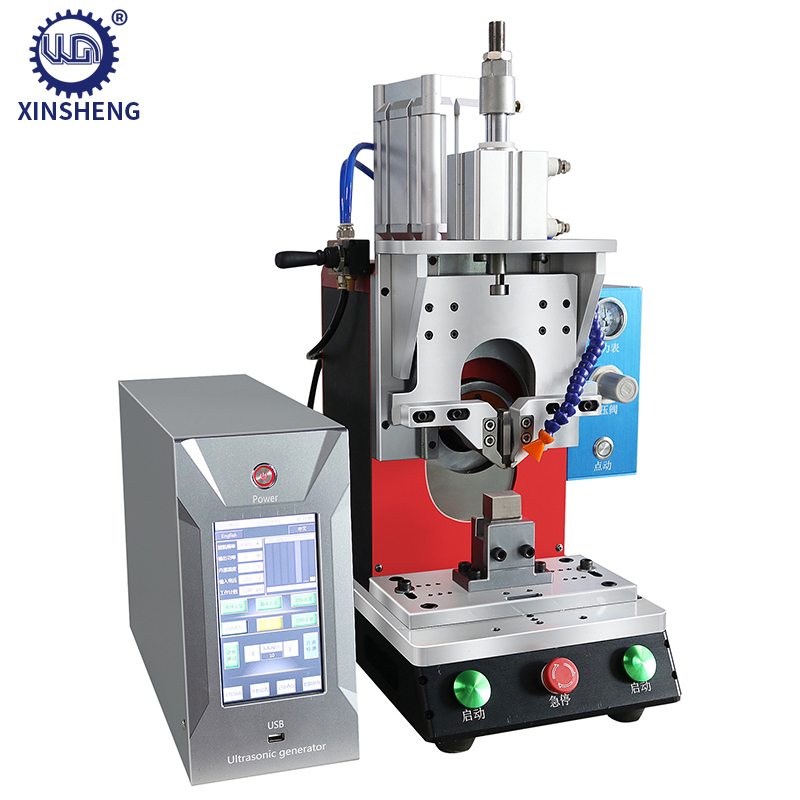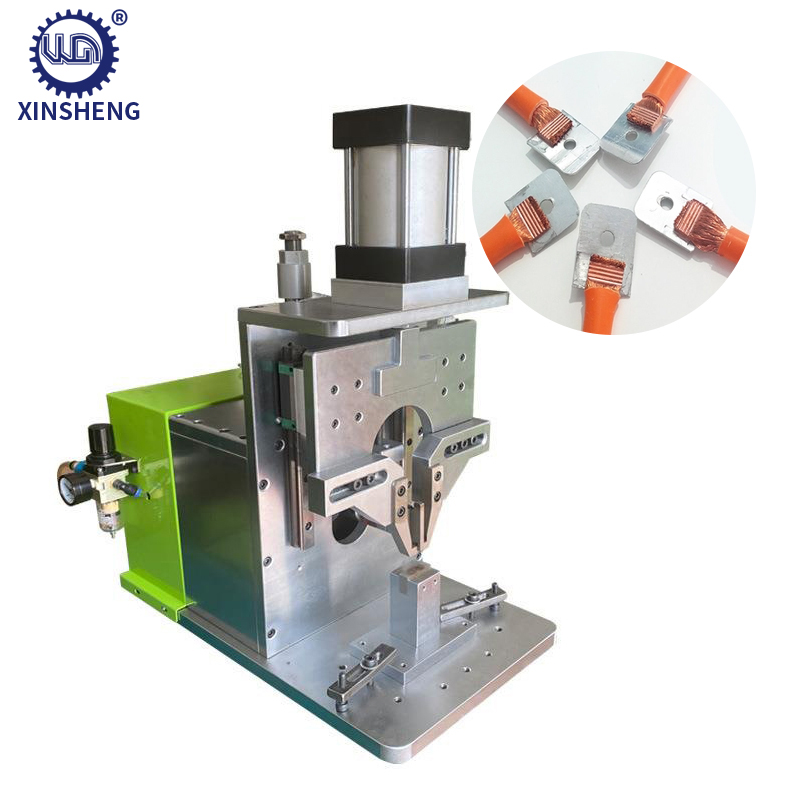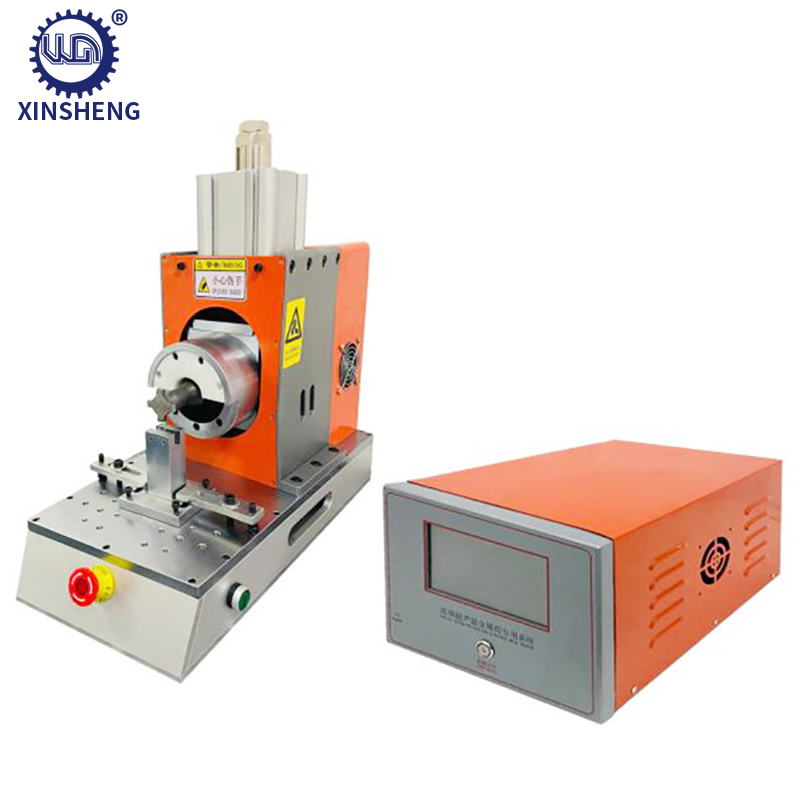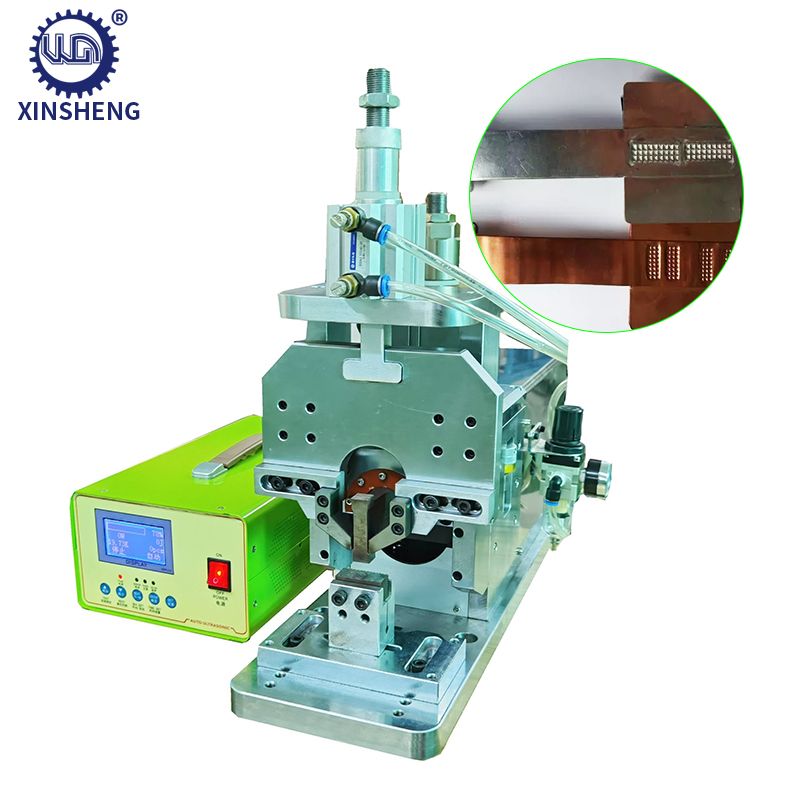Ultrasonic Welding Machine For Metal Sheets And Wires
The working principle of ultrasonic metal welding machine is to use high-frequency mechanical vibration to weld non ferromagnetic metal material workpieces. During the welding process, one of the workpieces is fixed, while the other workpiece vibrates cyclically on its surface at a frequency of 20/40kHz. At the same time, pressure is applied to the workpieces to form a strong bond between them.
Description
Feature
Ultrasonic welding materials do not melt and have non fragile metal properties, maintaining the mechanical and electrical properties of the raw materials.
Ultrasonic welding has good conductivity and extremely low or almost zero resistance coefficient, making it suitable for fields such as electronics, batteries, and motors.
Ultrasonic welding has low requirements for the surface of the welded metal, and can be welded through oxidation or electroplating without the need for pre cleaning or the use of flux, gas, solder, etc.
Ultrasonic welding takes a short time, usually completed in a fraction of a second, saving energy and time, and improving production efficiency.
Ultrasonic welding has no sparks, is environmentally friendly and safe, and produces no pollutants or harmful gases.
The ultrasonic welding process can ensure welding quality and consistency through electronic control and parameter monitoring.
Ultrasonic welding equipment has a simple structure, convenient operation, and is easy to integrate with automated production lines.
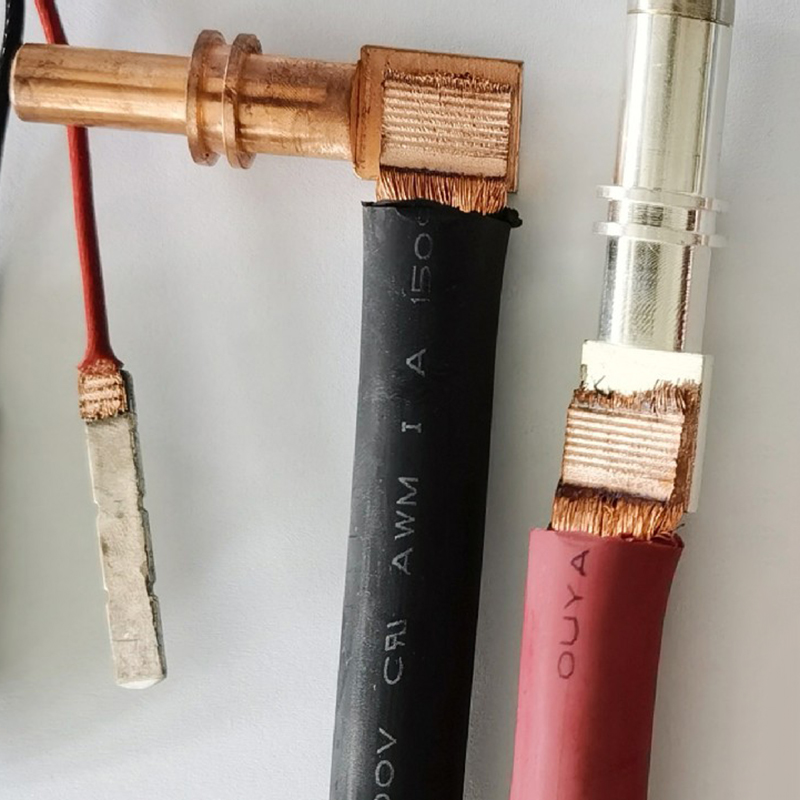
Specification
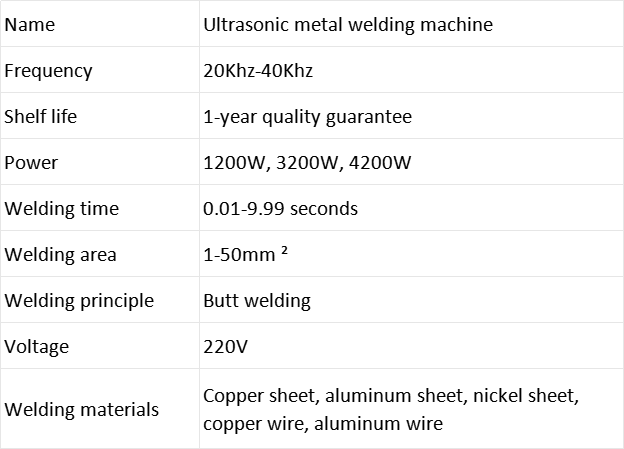
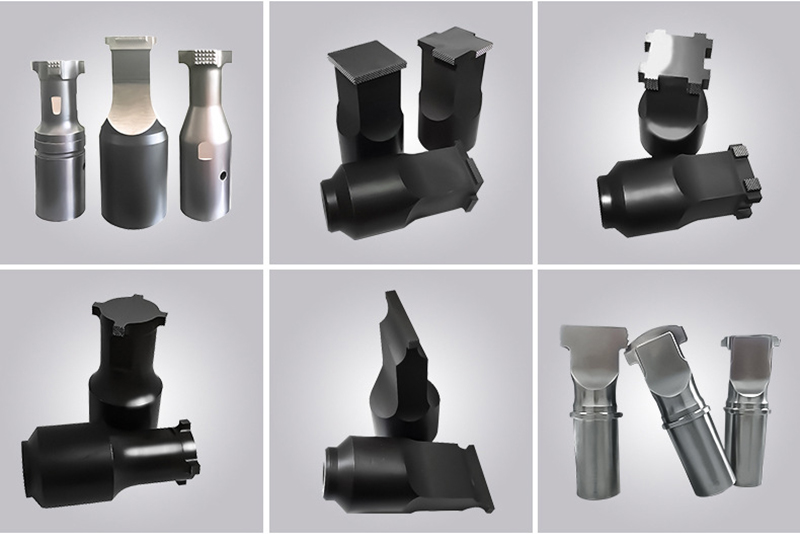
Application
Nickel hydrogen battery: The mutual melting of nickel mesh and nickel sheet, as well as the mutual melting of nickel sheet.
Lithium batteries, polymer batteries, copper foil and nickel sheets are fused together, while aluminum foil and aluminum sheet are fused together.
Electric wires fuse together, forming one or more wires that fuse together.
Wires fuse with various electronic components, contacts, and connectors.
Large heat sinks, heat exchange fins, and honeycomb cores for various household appliances and automotive products.
Electromagnetic switches, fuse free switches, and other high current contacts, as well as the mutual melting of dissimilar metal sheets.
Sealing, cutting, waterproofing, and airtight welding of metal pipes.

